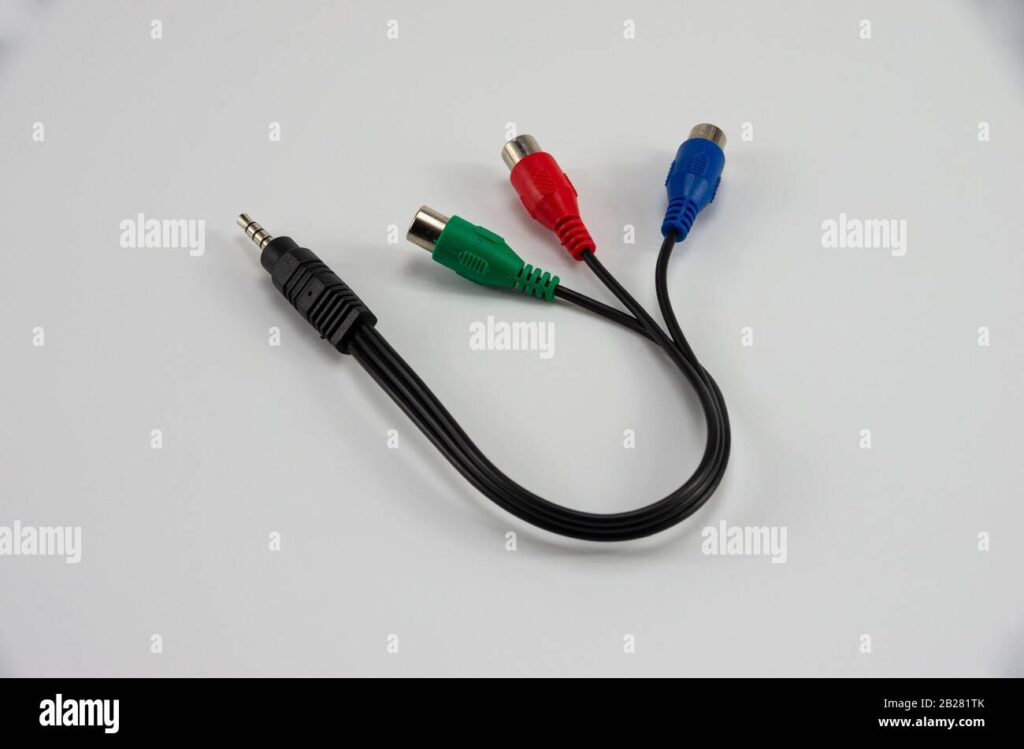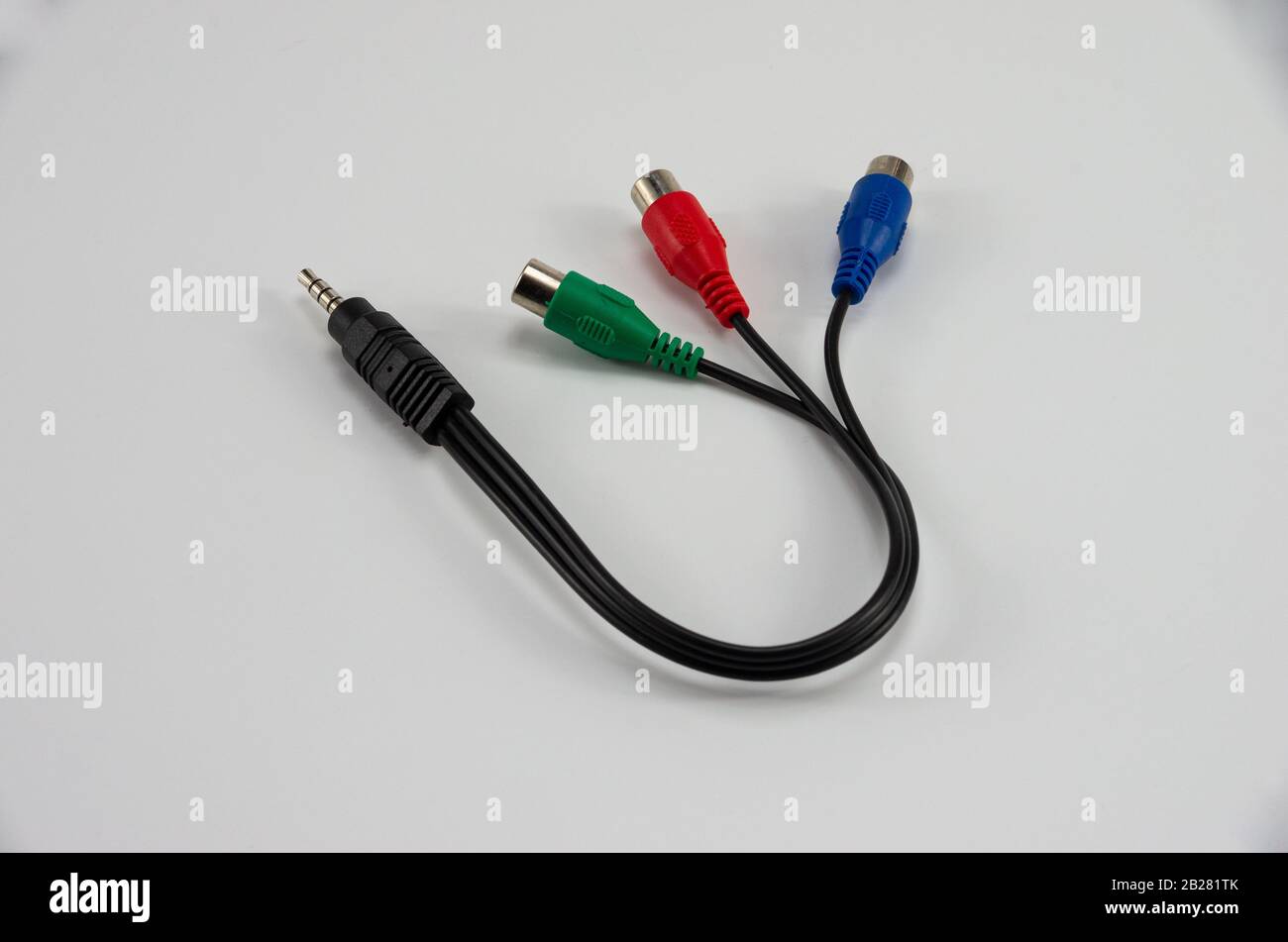
The Ultimate Guide to Audio Input and Output Cables: Types, Uses, and Selection
In the world of audio, whether you’re a professional sound engineer, a musician, a podcaster, or simply an avid listener, understanding audio input and output cables is crucial. These cables are the lifelines that carry audio signals between your various devices, ensuring that the sound you hear is clear, accurate, and free from unwanted noise. This guide will delve into the different types of audio cables, their applications, and how to choose the right ones for your specific needs.
Understanding Audio Signals: Analog vs. Digital
Before diving into the cables themselves, it’s essential to understand the two primary types of audio signals: analog and digital. Analog signals are continuous electrical signals that represent sound waves. Digital signals, on the other hand, are discrete representations of sound waves, encoded as binary data (0s and 1s). The type of signal your equipment uses will determine the type of cable you need.
Analog Audio Cables
Analog audio cables transmit continuous electrical signals. These signals are susceptible to noise and interference, so cable quality is paramount. Common types include:
- RCA Cables: Also known as phono connectors, RCA cables are commonly used for connecting stereo equipment, such as CD players, turntables, and amplifiers. They typically come in pairs, with red for the right channel and white (or black) for the left channel.
- TRS (Tip, Ring, Sleeve) Cables: These cables are used for balanced audio connections. The three conductors allow for noise cancellation, making them ideal for professional audio applications. Common sizes include 1/4 inch and 3.5mm (1/8 inch).
- TS (Tip, Sleeve) Cables: Similar to TRS cables but with only two conductors. They are used for unbalanced audio connections, often found in instrument cables for guitars and other musical instruments.
- XLR Cables: These are professional-grade cables known for their balanced audio transmission. They are commonly used for microphones, mixers, and studio equipment. The locking mechanism ensures a secure connection.
Digital Audio Cables
Digital audio cables transmit audio data as binary code. They are less susceptible to noise than analog cables but still require quality construction for reliable data transfer. Common types include:
- Optical Cables (TOSLINK): These cables transmit audio signals as light pulses. They are commonly used for connecting home theater systems, soundbars, and gaming consoles. Optical cables are immune to electrical interference, providing a clean audio signal.
- Coaxial Cables: These cables transmit digital audio signals over a single wire. They are often used for connecting DVD players, Blu-ray players, and digital audio interfaces.
- USB Cables: While primarily known for data transfer, USB cables can also transmit digital audio signals. USB audio interfaces are commonly used in recording studios and for connecting audio devices to computers.
- HDMI Cables: High-Definition Multimedia Interface (HDMI) cables can transmit both audio and video signals. They are commonly used for connecting TVs, Blu-ray players, and gaming consoles.
Choosing the Right Audio Cables
Selecting the appropriate audio input and output cable depends on several factors, including the type of equipment you’re connecting, the distance between devices, and the desired audio quality.
Consider the Equipment
The first step is to identify the types of connectors on your audio equipment. Check the input and output ports on each device to determine which cables are compatible. For example, if you’re connecting a microphone to a mixer, you’ll likely need an XLR cable. If you’re connecting a CD player to an amplifier, RCA cables are probably the right choice. Understanding the connector types will help you narrow down your options.
Balanced vs. Unbalanced Connections
Balanced connections, using TRS or XLR cables, are preferred for professional audio applications. They offer superior noise rejection, making them ideal for long cable runs and environments with high levels of electromagnetic interference. Unbalanced connections, using RCA or TS cables, are more susceptible to noise and are generally used for shorter distances and less critical applications. If you’re experiencing noise or hum in your audio signal, switching to balanced connections may resolve the issue.
Cable Length
The length of the audio input and output cable can also affect audio quality. Longer cables can introduce signal loss and increase the risk of noise interference. For analog cables, keep the cable length as short as possible. For digital cables, the impact of cable length is less significant, but it’s still good practice to use the shortest length that meets your needs. [See also: Best Practices for Cable Management in Home Studios]
Cable Quality
The quality of the cable construction plays a vital role in audio performance. Look for cables with high-quality conductors, shielding, and connectors. High-quality conductors, such as oxygen-free copper (OFC), provide better signal conductivity. Shielding protects the audio signal from external interference. Robust connectors ensure a secure and reliable connection. Investing in high-quality cables can significantly improve your audio experience. A good audio input and output cable will last longer and perform better.
Budget Considerations
While it’s tempting to opt for the cheapest cables, it’s important to strike a balance between cost and quality. Inexpensive cables may use low-quality materials and construction, resulting in poor audio performance and reduced durability. On the other hand, the most expensive cables may not always offer a significant improvement in audio quality for the average user. Research different brands and read reviews to find cables that offer the best value for your money. Think about the life span of your audio input and output cable, investing a bit more initially can save you money in the long run. [See also: How to Choose the Right Audio Interface]
Troubleshooting Audio Cable Issues
Even with the best audio input and output cables, you may encounter issues from time to time. Here are some common problems and how to troubleshoot them:
- No Sound: Check all connections to ensure they are secure. Verify that the correct input and output ports are selected on your devices. Test the cable with another device to rule out a faulty cable.
- Hum or Buzzing: This is often caused by ground loops or electromagnetic interference. Try using balanced connections or a ground loop isolator. Ensure that your cables are not running parallel to power cables.
- Distorted Sound: This can be caused by a damaged cable or an overloaded input signal. Check the cable for any visible damage. Reduce the input level on your audio source.
- Intermittent Signal: This may be due to a loose connection or a faulty cable. Check the connectors for any signs of corrosion or damage. Replace the cable if necessary.
The Future of Audio Connectivity
As technology evolves, so does the world of audio input and output cables. New standards and technologies are constantly emerging, offering improved audio quality and greater flexibility. USB-C, for example, is becoming increasingly popular for audio connections, offering high-speed data transfer and power delivery. Wireless audio technologies, such as Bluetooth and Wi-Fi, are also gaining traction, providing convenient and cable-free solutions. However, wired connections still offer superior audio quality and reliability for many applications. The key is to stay informed about the latest developments and choose the connectivity options that best suit your needs.
Maintaining Your Audio Cables
Proper maintenance can extend the life of your audio input and output cables and ensure optimal performance. Here are some tips for cable care:
- Storage: Store your cables in a cool, dry place, away from direct sunlight and extreme temperatures. Coil the cables loosely to prevent kinks and damage.
- Cleaning: Clean the connectors regularly with a soft, dry cloth to remove dust and dirt. Avoid using harsh chemicals or abrasive cleaners.
- Inspection: Inspect your cables regularly for any signs of damage, such as frayed wires, cracked insulation, or loose connectors. Replace damaged cables immediately.
- Handling: Avoid pulling or yanking on the cables, as this can damage the connectors and internal wiring. Always grip the connector when plugging or unplugging a cable.
Conclusion
Choosing the right audio input and output cables is essential for achieving optimal audio performance. By understanding the different types of cables, their applications, and how to troubleshoot common issues, you can ensure that your audio signals are transmitted clearly and accurately. Whether you’re setting up a home studio, connecting a home theater system, or performing live on stage, investing in high-quality cables and practicing proper cable management will pay dividends in the long run. Remember to consider the type of equipment, balanced vs. unbalanced connections, cable length, and cable quality when making your selection. With the right cables, you can unlock the full potential of your audio equipment and enjoy a superior listening experience. The importance of a reliable audio input and output cable cannot be overstated in professional and recreational audio settings alike.

